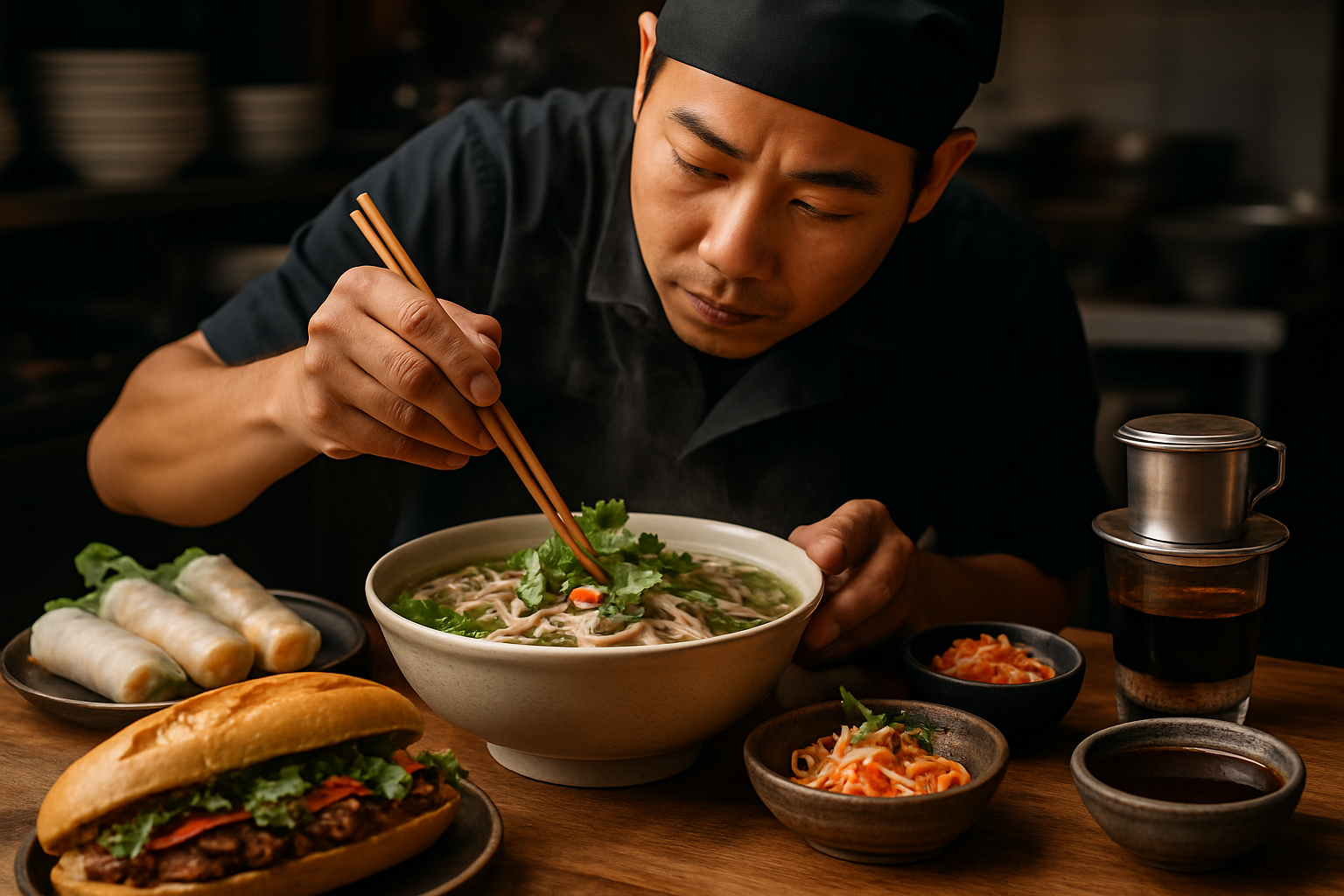Noodle Pulling: The Art of Hand-Stretched Delights
Slurp your way into the fascinating world of noodle pulling, where dough transforms into silky strands through a mesmerizing dance of hands. This ancient culinary technique, rooted in Chinese tradition, has captivated food lovers worldwide with its blend of skill, showmanship, and mouthwatering results. Join us as we unravel the secrets behind this noodle-making marvel and discover why hand-pulled noodles are taking the culinary scene by storm.

Mastering this technique takes years of practice, with expert noodle pullers able to create hundreds of uniform noodles in mere minutes. The process begins with kneading the dough to activate the gluten, followed by a resting period to relax the proteins. Once ready, the dough is stretched, twisted, and folded in a rhythmic motion, doubling the number of strands with each pull. The result? A bundle of perfectly elastic noodles ready to be cooked and savored.
From Street Food to Gourmet Kitchens
Hand-pulled noodles have long been a staple of Chinese street food, particularly in regions like Lanzhou, famous for its beef noodle soup. However, in recent years, this humble technique has found its way into high-end restaurants and trendy eateries around the globe. Chefs are embracing the art of noodle pulling, incorporating it into their menus and even performing the technique tableside for an interactive dining experience.
The appeal lies not only in the superior texture and flavor of hand-pulled noodles but also in the visual spectacle of their creation. Diners are drawn to the theatricality of watching a skilled chef transform a lump of dough into delicate strands before their eyes. This blend of culinary craftsmanship and performance art has elevated noodle pulling from a traditional practice to a sought-after dining attraction.
Innovative Twists on Tradition
While traditional hand-pulled noodles are typically served in hearty soups or stir-fries, innovative chefs are pushing the boundaries of this ancient technique. Experimental kitchens are now incorporating unexpected flavors and colors into their noodle doughs, creating visually stunning and palate-pleasing dishes. Ingredients like beetroot, spinach, and squid ink are being used to tint the noodles, while herbs and spices are mixed into the dough for added flavor complexity.
Some chefs are even applying the hand-pulling technique to non-traditional ingredients, creating “noodles” from vegetables or alternative flours. This fusion of old-world technique with modern culinary trends is opening up new possibilities for gluten-free and health-conscious diners while still honoring the artistry of noodle pulling.
The Science of the Perfect Pull
Behind the seemingly simple act of stretching dough lies a complex interplay of physics and chemistry. The key to successful noodle pulling lies in the development of gluten networks within the dough. As the dough is worked, protein molecules in the flour form long, elastic chains, giving the noodles their characteristic chewiness and ability to stretch without breaking.
Temperature and hydration play crucial roles in this process. The dough must be kept at the right temperature to maintain optimal elasticity, while the water content must be carefully controlled to achieve the perfect texture. Too much water results in sticky, formless noodles, while too little leads to dry, brittle strands. Master noodle pullers develop an intuitive sense of these factors, adjusting their technique on the fly to create noodles of consistent quality.
The Global Noodle Revolution
As hand-pulled noodles gain popularity worldwide, we’re seeing a renaissance in noodle culture. Noodle bars specializing in hand-pulled varieties are popping up in cities from New York to London, while cooking classes and workshops are introducing home cooks to the art of noodle pulling. This global interest is not only preserving a traditional culinary technique but also fostering cross-cultural exchange and innovation in the world of pasta and noodles.
The trend has also sparked a renewed interest in other forms of handmade noodles, from Italian pasta to Japanese soba. As diners become more aware of the craftsmanship behind their food, there’s a growing appreciation for the time-honored techniques that produce these beloved staples. The hand-pulled noodle movement is thus part of a larger trend towards artisanal, craft-focused cuisine that values tradition, skill, and the human touch in food preparation.
Noodle Pulling Pro Tips
• Start with a simple dough recipe: high-gluten flour, water, and salt.
• Allow the dough to rest for at least 30 minutes before pulling.
• Keep your workspace and hands lightly oiled to prevent sticking.
• Practice the basic fold-and-pull technique before attempting more complex moves.
• Maintain a steady rhythm while pulling to ensure even noodle thickness.
• Cook fresh hand-pulled noodles immediately for the best texture and flavor.
• Experiment with different flours and additives to create unique noodle varieties.
• Remember that mastery takes time – patience and practice are key!
As the art of noodle pulling continues to captivate food enthusiasts around the world, it serves as a testament to the enduring appeal of handcrafted cuisine. Whether enjoyed in a humble street-side shop or a Michelin-starred restaurant, hand-pulled noodles offer a unique combination of texture, flavor, and spectacle that machine-made varieties simply can’t match. So the next time you’re craving a bowl of noodles, seek out the hand-pulled variety and experience the magic of this ancient culinary art form for yourself. Who knows? You might just be inspired to try your hand at pulling your own noodles at home!





